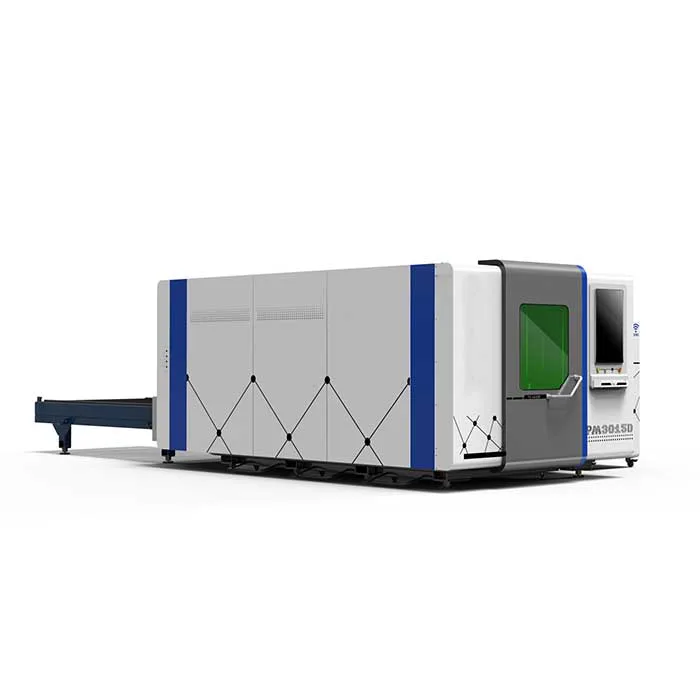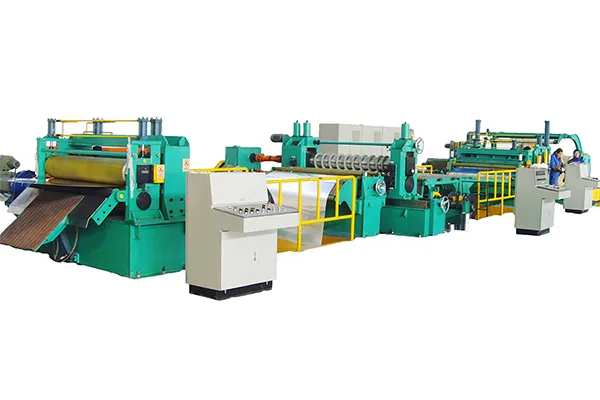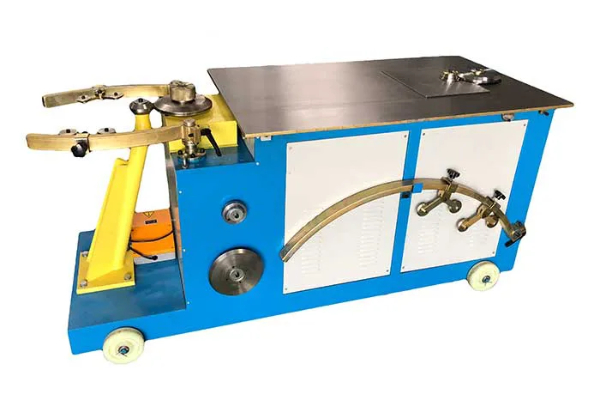
Comparing Metal Plate Bending Techniques- Press Brake vs. Roll Bending
- By:Metmac
- 2024-07-10
- 156
Delving into the Realm of Metal Shaping
In the realm of metal fabrication, bending is an indispensable process. Whether you seek sharp angles or gentle curves, the choice of bending technique can profoundly impact the outcome. Two prominent methods stand out: press brake bending and roll bending. Embark on a comparative journey to unravel their unique strengths and applications.
Press Brake: Precision with Force
Press brake bending employs a hydraulic or mechanical press to apply immense force, bending metal plates over a V-shaped die. This technique excels in creating crisp angles and intricate shapes with high repeatability. Press brakes offer versatility in terms of bend length, angle, and material thickness. However, they can be limited in handling large or complex shapes.
Roll Bending: Gentle Curves, Ample Capacity
In contrast, roll bending utilizes multiple rollers to progressively curve metal plates. This method produces smooth, continuous bends with a gentle radius. Roll bending machines handle large plate sizes and thicknesses with ease. They are ideal for cylindrical or conical shapes and applications where surface integrity is crucial.
Clash of the Titans: Choosing the Superior Technique
Choosing between press brake bending and roll bending hinges on the specific project requirements. For sharp angles, intricate shapes, and high precision, press brake bending reigns supreme. When large plate sizes, gentle curves, and surface protection are paramount, roll bending takes the lead.
Additionally, factors such as cost, material thickness, and available equipment influence the decision. Press brake bending tends to be more expensive, while roll bending offers a cost-effective option for certain applications. Thicker materials might necessitate a press brake, whereas thinner plates can be handled by both techniques.
Synergistic Symphony or Fierce Rivalry?
Ultimately, press brake bending and roll bending are not mutually exclusive. In some cases, a combination of both techniques can yield optimal results. For instance, roll bending can create a gentle pre-bend, followed by press brake bending to achieve a sharp angle.
Conclusion
Understanding the intricacies of press brake and roll bending techniques empowers fabricators to make informed choices. Whether it’s the precision of press brakes or the versatility of roll bending, choosing the right tool for the job ensures superior results, cost-effectiveness, and a seamless metalworking experience. Embrace the bending realm and let the dance of metal shape your designs.
-
Mastering Form and Force: A Guide to Modern Metal Plate Bending Machines
2025/12/16 -
Demystifying Sheet Metal Laser Cutting Machine Price: The METMAC Value Perspective
2025/12/16 -
Metal Sheet Machinery: The Engine of Modern Fabrication and the METMAC Advantage
2025/12/16 -
Beyond the Bend: The Power and Precision of the Modern Sheet Profile Machine
2025/12/16
-
Advanced Sheet Metal Rolling, Laser Cutting, and Folding Machines for Precision Fabrication
2025/10/31 -
High-Performance Sheet Metal Bending and Cutting Machines for Modern Fabrication
2025/10/31 -
High-Quality Sheet Metal Equipment for Sale: Efficient Solutions for Modern Manufacturing
2025/10/31 -
High-Performance Sheet Metal Equipment for Sale: Forming and Shearing Solutions for Modern Fabrication
2025/10/22
-
A Guide to the Latest Innovations in Sheet Metal Folding Machines
2024/11/29 -
Key Features to Consider When Investing in a Sheet Metal Folding Machine
2024/11/28 -
Enhancing Precision with Advanced Sheet Metal Folding Machines
2024/11/27 -
How to Choose the Right Sheet Metal Folding Machine for Your Workshop
2024/11/26







